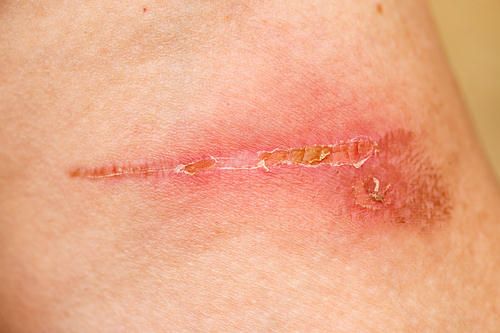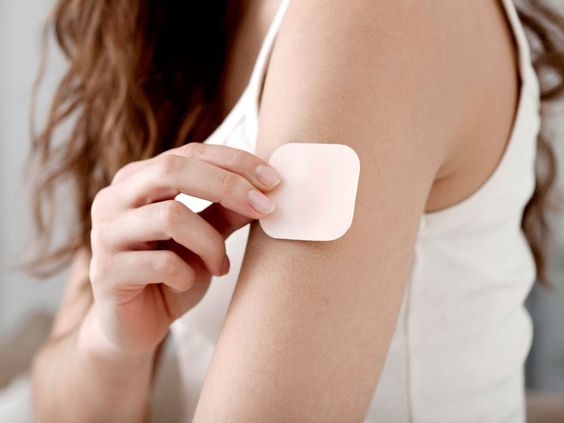In daily life, we often encounter small abrasions and scratches on the skin. How should we clean the wound after this happens? Especially for joint wounds, which are not easy to heal and are easily infected by the outside world, the disinfection of such wounds is very important. There are also certain steps to clean the wound. These steps cannot be wrong, and mistakes may affect the Effect. If there is wound infection, or redness, clean the wound before applying plaster or functional dressing, this will reduce the risk of infection and promote wound healing. Specifically how to operate and what problems should be paid attention to, let's take a look together below.
Why is wound care important?
When the skin is injured, the protective skin barrier is compromised, which means dirt and bacteria can enter the body. This can lead to wound infection, which can cause further skin damage and delay the healing process. If not treated quickly, the infection may spread to deeper tissues and lead to more serious health conditions. That's why the first step in optimal wound care is making sure the wound is clean and clean.
How to properly clean the wound?
First observe the size, depth, and amount of exudate of the wound. For small wounds, we can treat them at home.
1. Use hand sanitizer to wash and dry hands, then spray 75% alcohol to dry. Wearing disposable gloves whenever possible can reduce the risk of infection.
2. If bleeding occurs, apply gentle pressure. Apply careful pressure to the wound with clean sterile gauze. Small cuts or scrapes may not require pressure.
3. Rinse the wound with running water to remove any residual debris on the wound.
4. Clean the wound with povidone iodine, then use a clean cotton swab to remove dirt and visible particles.
5. Dry the wound and surrounding skin area with clean gauze.
6. For small wounds with little or no exudate, Hydrocolloid Dressing Ultra-thin can be used to prevent bacteria from entering the wound. It is made of hydrocolloid material and can provide a closed micro-acid for the wound. The healing space also prevents the invasion of foreign microorganisms. If there is a lot of blood seeping out, please use Silicone Foam Dressing Non-Bordered, which adds a layer of mesh silicone gel to completely cover the foam core and adhesive film, making the original non-stick foam core also sticky. Silicone foam dressing. The patch adheres more firmly to the wound. At the same time, the contact between the mesh silicone layer and the wound is more gentle, and the wound will not stick after it is removed. Then use Elastic Bandage Self-Adhesive to apply pressure to help stop the bleeding. It is sticky and very convenient to use.
Seek medical advice if the wound :
· not stop bleeding
· very large or deep
· has dirt or something embedded in it
· Too painful for you to clean successfully
· near major blood vessels or joints
· becomes red, swollen, or pus-likely infected
· Caused by a bite - all animal and human bites require medical attention
Why You Shouldn't Use Alcohol to Clean Wounds?
· Cleaning wounds with rubbing alcohol is a common practice that some of us know from childhood or from watching movies. However, alcohol is not a good choice for treating wounds because it burns when applied to wounds, making it especially unsuitable for children and sensitive skin.
· In addition, alcohol not only destroys bacteria but also living skin cells.
· For more information on Innomed® Silicone Foam Dressing, refer to the previous articles. If you have customized needs, you are welcome to contact us; we will serve you wholeheartedly.
· At Longterm Medical, we transform this data by innovating and developing products that make life easier for those who need loving care.
· Editor: kiki Jia
· Date: December 21, 2022

 English
English عربى
عربى Español
Español русский
русский 中文简体
中文简体








